Ayurvedic Treatment for Stroke
Niroga Ayurveda Healing ( Ayurveda Chikitsa / Treatments )
What is Stroke?
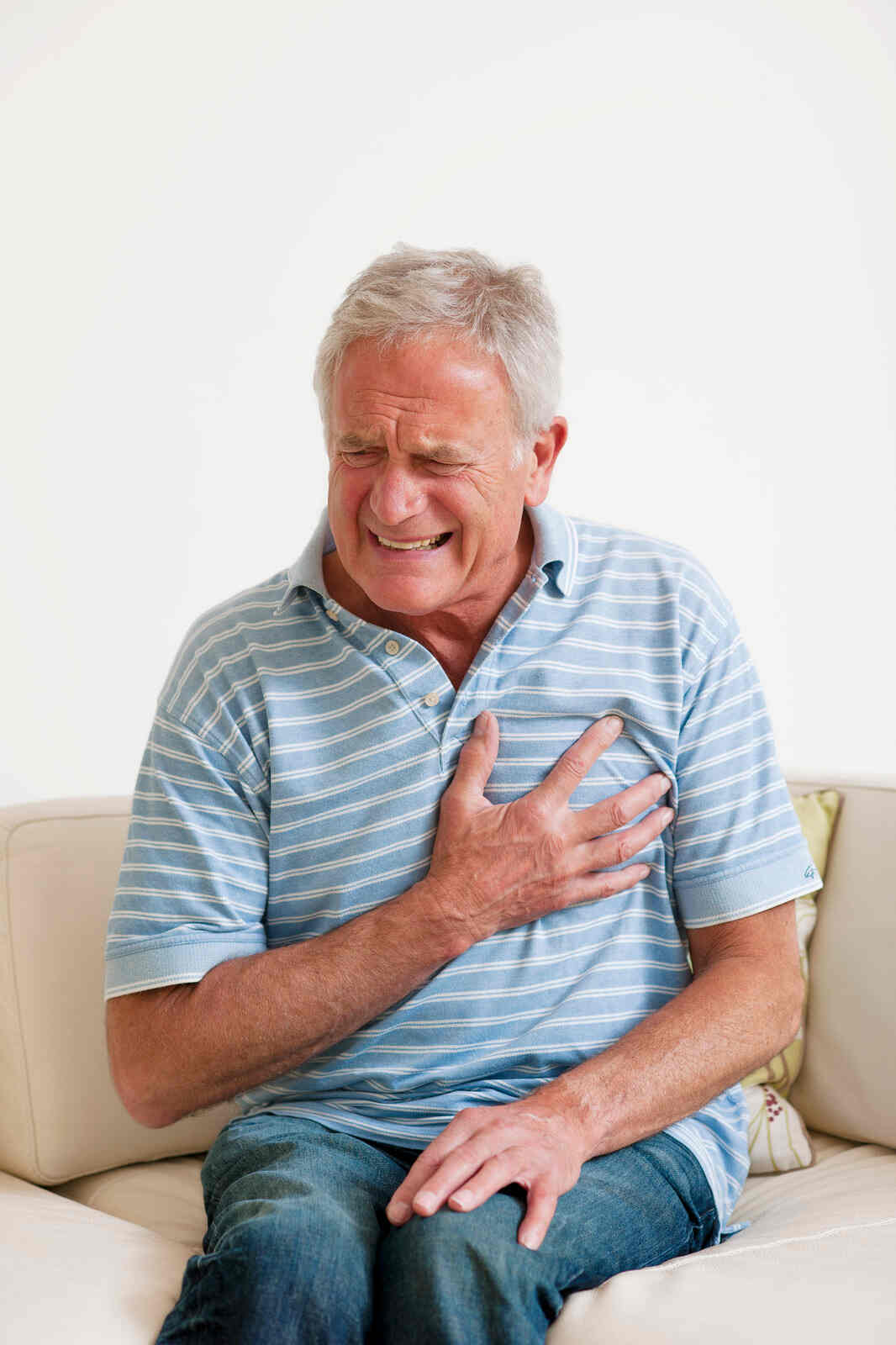
Why Choose Ayurveda for Stroke?
Ayurveda offers a holistic approach to stroke treatment that focuses on natural healing and restoring balance in the body. Ayurvedic therapies aim to improve neurological function, enhance mobility, and prevent future strokes.
Stroke Statistics: Hyderabad, India, and Globally
- Hyderabad, India: Stroke prevalence is rising, with a significant number of cases each year.
- Globally: Stroke is a leading cause of disability and the second leading cause of death worldwide.
Who is Frequently Affected by Stroke?
- Older adults, typically above 55 years.
- Individuals with hypertension, diabetes, heart disease, or a family history of stroke.
- People with unhealthy lifestyles, including smoking, excessive alcohol consumption, and poor diet.
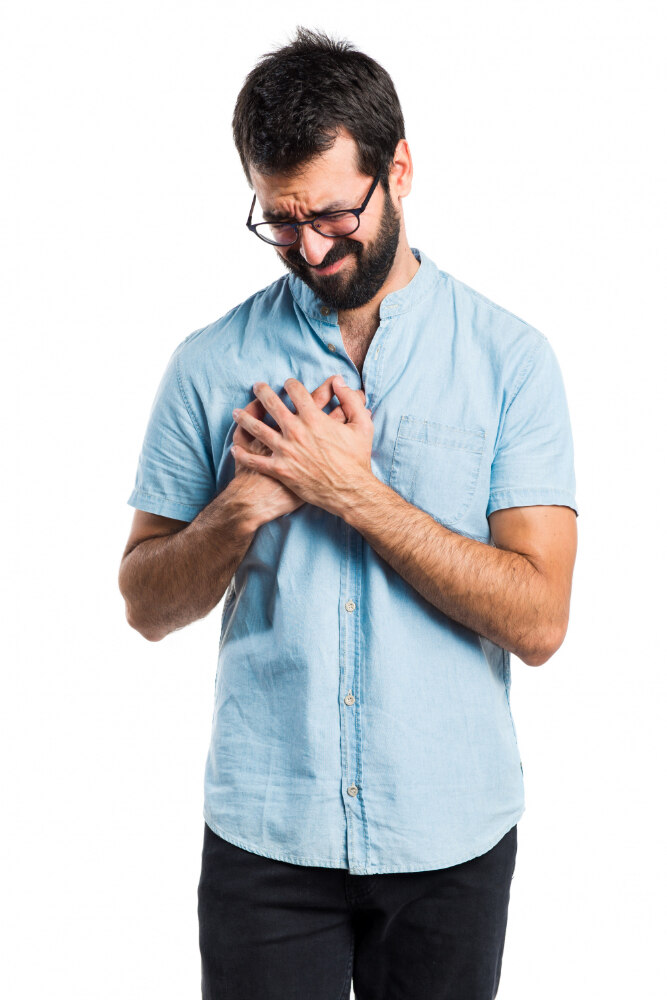
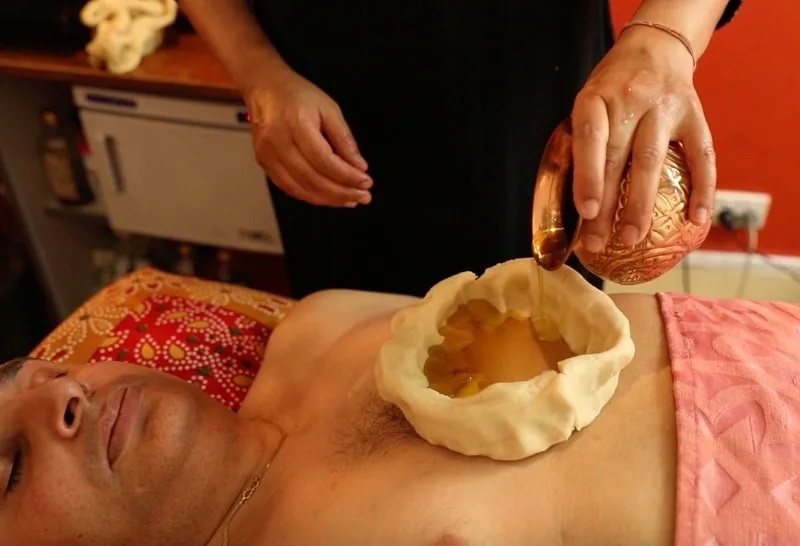
Stroke Causes and Aetiology
- Ischemic Stroke: Caused by a blocked artery.
- Hemorrhagic Stroke: Caused by a leaking or burst blood vessel.
- Transient Ischemic Attack (TIA): A temporary period of symptoms similar to those of a stroke.
Stroke Symptoms and Signs�
- Sudden numbness or weakness in the face, arm, or leg, especially on one side of the body.
- Sudden confusion, trouble speaking, or understanding speech.
- Sudden trouble seeing in one or both eyes.
- Sudden trouble walking, dizziness, loss of balance, or lack of coordination.
- Sudden severe headache with no known cause.
Diagnosis for Stroke
- Imaging Tests: CT scan, MRI.
- Blood Tests: To check for clotting problems and other conditions.
- Electrocardiogram (EKG): To detect heart conditions.
- Angiogram: To examine blood vessels in the brain.
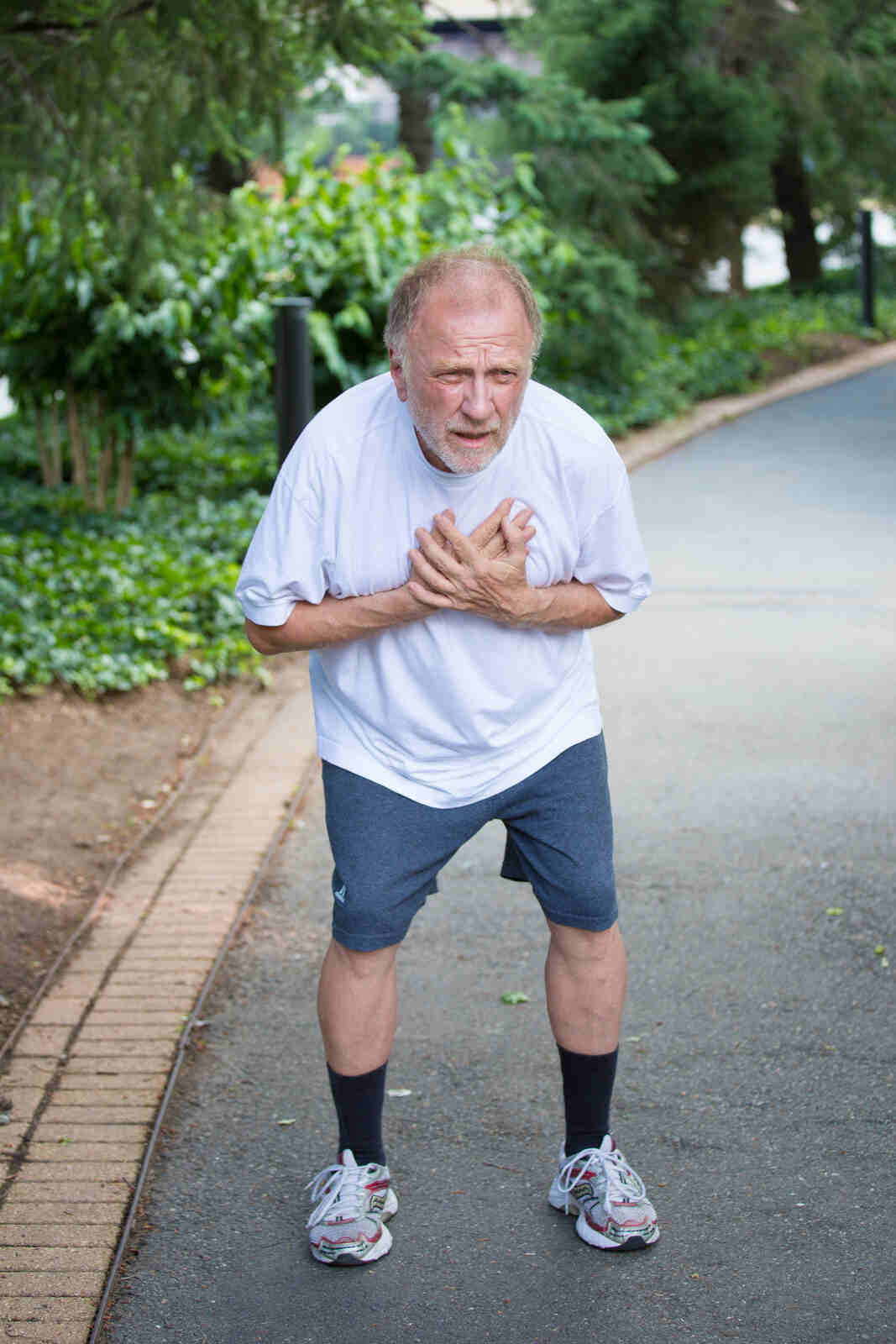
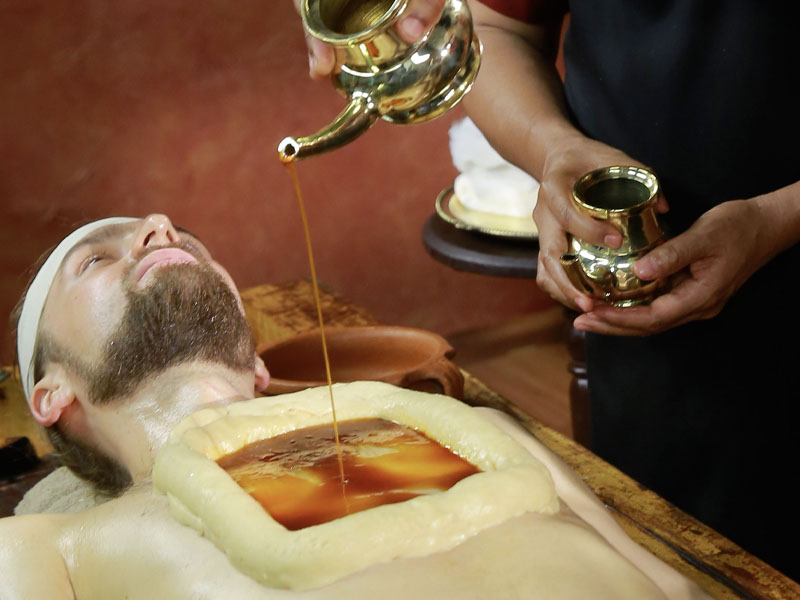
Types of Stroke
- Ischemic Stroke
- Hemorrhagic Stroke
- Transient Ischemic Attack (TIA)
Stroke Home Remedies and Prevention
- Healthy Diet: Focus on fruits, vegetables, whole grains, and lean proteins.
- Regular Exercise: At least 30 minutes of moderate activity most days.
- Maintain a Healthy Weight: Reduces the risk of hypertension and diabetes.
- Avoid Smoking and Limit Alcohol: Both can significantly increase stroke risk.
- Manage Chronic Conditions: Keep hypertension, diabetes, and high cholesterol under control.
Yoga for Stroke Prevention
- Pranayama (Breathing Exercises): Enhances oxygen supply to the brain.
- Surya Namaskar (Sun Salutation): Improves overall body strength and flexibility.
- Savasana (Corpse Pose): Promotes relaxation and reduces stress.
Ayurvedic Treatment Options for Stroke
At Sai Ayush Ayurveda Hospitals, we offer a comprehensive range of Ayurvedic treatments specifically designed to address stroke and its effects. Our holistic approach focuses on detoxification, rejuvenation, and the restoration of neurological function, aiming to enhance overall health and well-being. Here are the detailed Ayurvedic treatment options for stroke
Panchakarma Therapy
Panchakarma is a traditional Ayurvedic detoxification and rejuvenation therapy that helps in cleansing the body of toxins (Ama) and restoring balance (Dosha). It includes five primary procedures:
- Vamana (Emesis Therapy): Induced vomiting to cleanse the upper gastrointestinal tract and expel toxins from the body.
- Virechana (Purgation Therapy): Induced purgation using herbal laxatives to cleanse the bowel.
- Basti (Medicated Enema): Administering herbal oils and decoctions through the rectum to cleanse the colon and improve neurological function.
- Nasya (Nasal Administration): Administering medicated oils or powders through the nose to clear the head channels and improve brain function.
- Raktamokshana (Bloodletting Therapy): A therapeutic process to remove impure blood from the body, improving circulation and reducing inflammation.
Benefits: Panchakarma helps in detoxifying the body, improving circulation, enhancing neurological function, and promoting overall health.
Abhyanga (Oil Massage):
Abhyanga is a therapeutic full-body massage performed with warm herbal oils. The oils are chosen based on the individual’s Dosha and health condition.
- Procedure: Warm herbal oil is applied to the entire body and massaged in a synchronized manner by two therapists.
- Duration: Typically lasts for 60 to 90 minutes.
Benefits: Improves circulation, relaxes muscles, enhances nerve function, reduces stress, and promotes overall rejuvenation.
Shirodhara:
Shirodhara involves the continuous pouring of warm herbal oil over the forehead, specifically targeting the third eye region.
- Procedure: Warm herbal oil is poured in a steady stream over the forehead while the patient lies on their back.
- Duration: Usually lasts for 30 to 60 minutes.
Benefits: Calms the nervous system, reduces stress and anxiety, improves sleep, and enhances mental clarity.
Basti (Medicated Enema):
Basti is considered the mother of all treatments in Ayurveda for its ability to cleanse the colon and enhance neurological function.
- Procedure: Herbal oils or decoctions are administered through the rectum.
- Duration: The treatment is typically conducted over several days, depending on the patient’s condition.
Benefits: Cleanses the colon, removes toxins, improves digestion, enhances neurological function, and promotes overall health.
Pizhichil (Oil Bath Therapy):
Pizhichil is a unique Ayurvedic treatment combining oil massage and heat therapy.
- Procedure: Warm medicated oil is continuously poured over the body while massaging simultaneously.
- Duration: Typically lasts for 60 to 90 minutes.
Benefits: Improves muscle tone, enhances circulation, reduces pain and inflammation, and promotes relaxation and rejuvenation.
Nasya (Nasal Administration):
Nasya involves the administration of medicated oils or powders through the nasal passages to clear head channels and improve brain function.
- Procedure: Herbal oils or powders are gently introduced into the nostrils.
- Duration: The treatment can last for 30 to 45 minutes.
Benefits: Clears nasal passages, improves brain function, enhances sensory perception, and reduces headaches and migraines.
Ayurvedic Herbal Remedies:
Various Ayurvedic herbs are used to support stroke recovery and improve overall health.
- Brahmi (Bacopa Monnieri): Enhances cognitive function and memory.
- Ashwagandha (Withania Somnifera): Reduces stress and improves neurological function.
- Turmeric (Curcuma Longa): Reduces inflammation and acts as a powerful antioxidant.
- Gotu Kola (Centella Asiatica): Enhances circulation and supports brain health.
Benefits: These herbs help in reducing inflammation, improving circulation, enhancing cognitive function, and promoting overall well-being.
At Sai Ayush Ayurveda Hospitals, we tailor each treatment plan to the individual needs of our patients, ensuring a comprehensive and personalised approach to stroke recovery. Our experienced Ayurvedic practitioners and therapists work closely with patients to provide the best possible care and support throughout their healing journey.
FAQs
Frequently Asked Questions
Q:What are the Ayurvedic treatments for stroke?
A:Ayurvedic treatments for stroke include Panchakarma therapy, Abhyanga, Shirodhara, Basti, Pizhichil, and Nasya, all aimed at detoxifying the body, improving circulation, and enhancing neurological function.
Q:How effective is Ayurveda in treating stroke?
A:Ayurveda can be highly effective in treating stroke, especially when combined with conventional treatments. It focuses on natural healing and restoring balance in the body, improving overall health and preventing future strokes.
Q:Can yoga help in stroke prevention?
A:Yes, yoga can help in stroke prevention by improving circulation, reducing stress, and enhancing overall physical and mental health. Practices like Pranayama, Surya Namaskar, and Savasana are particularly beneficial.
Q:What are the symptoms of a stroke?
A:Symptoms of a stroke include sudden numbness or weakness, confusion, trouble speaking, seeing, walking, dizziness, loss of balance, and severe headache with no known cause.
Q: Who is at risk for a stroke?
A:Individuals at risk for a stroke include older adults, those with hypertension, diabetes, heart disease, a family history of stroke, and those with unhealthy lifestyles such as smoking and excessive alcohol consumption.
Fill out this form for booking online.
Appointment
Book An Appointment
Make sure to note down the appointment date, time, and location provided by the clinic. Set reminders on your calendar or set an alarm to ensure you are punctual and do not miss your appointment.
Customer Service
+91 84668 82266
WhatsApp Now
+91 84668 82266
Subscribe Now
SaiAyush Ayurveda

